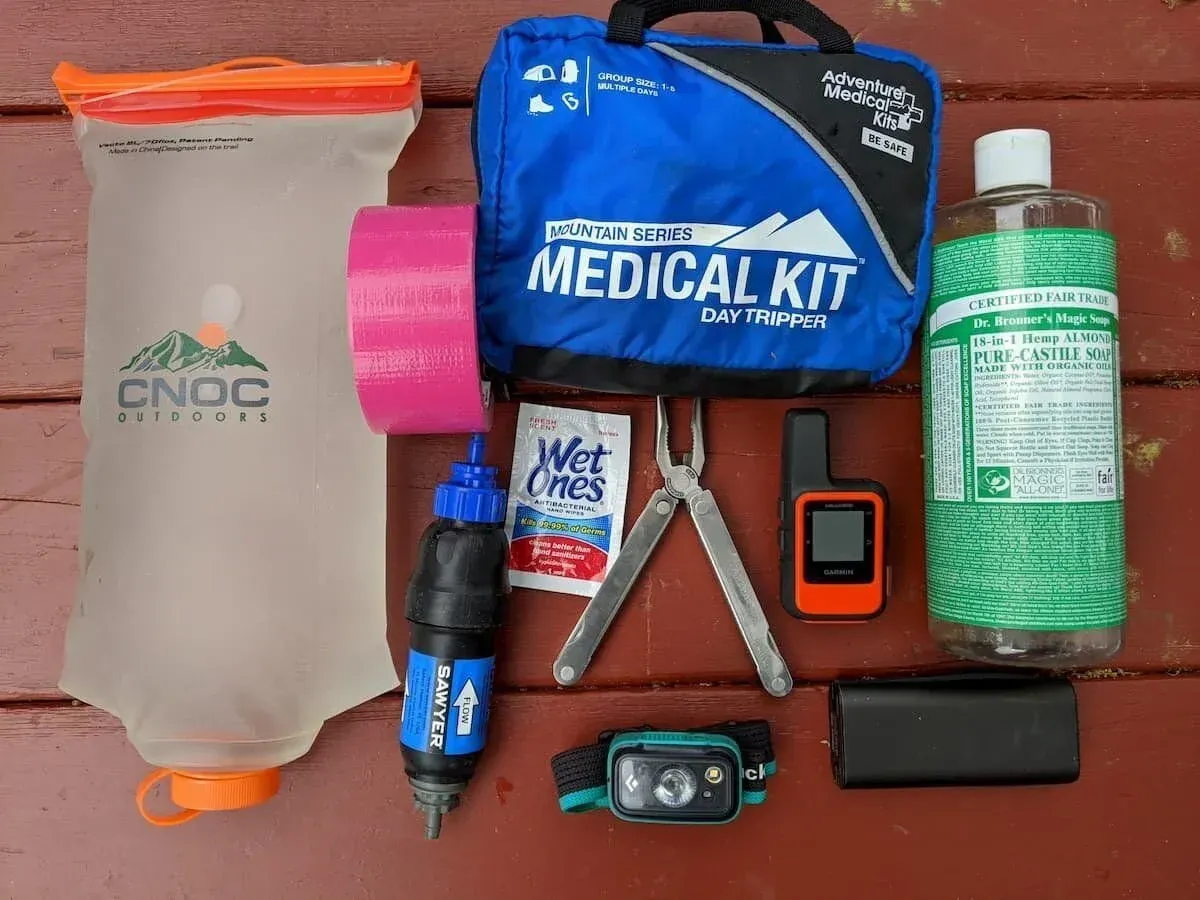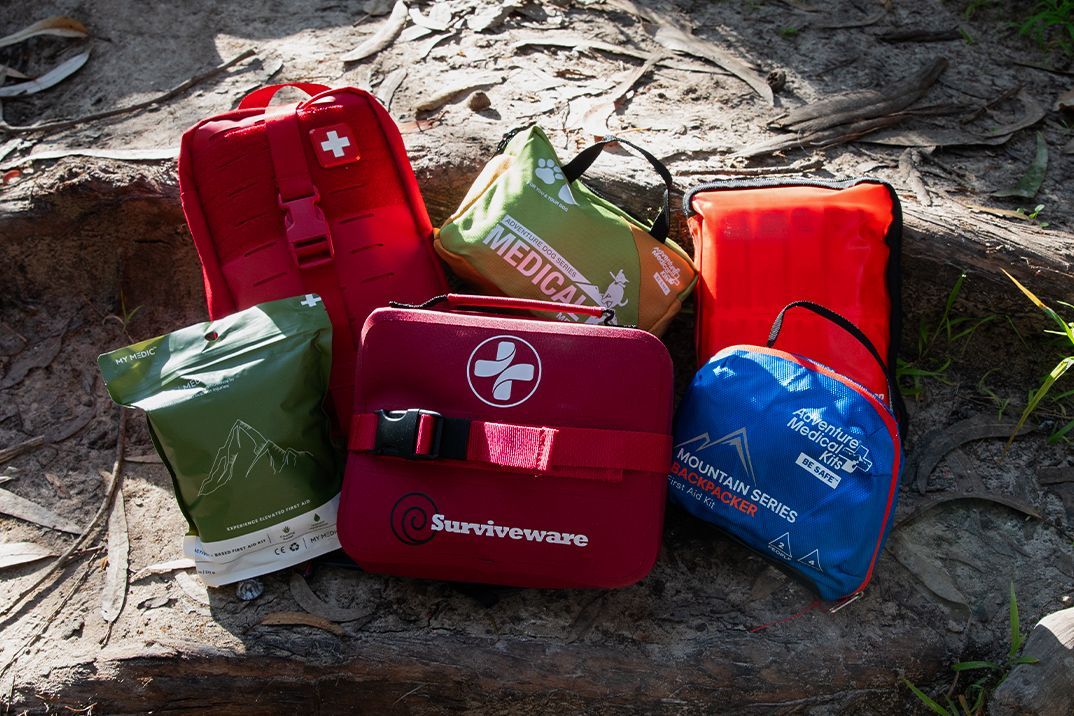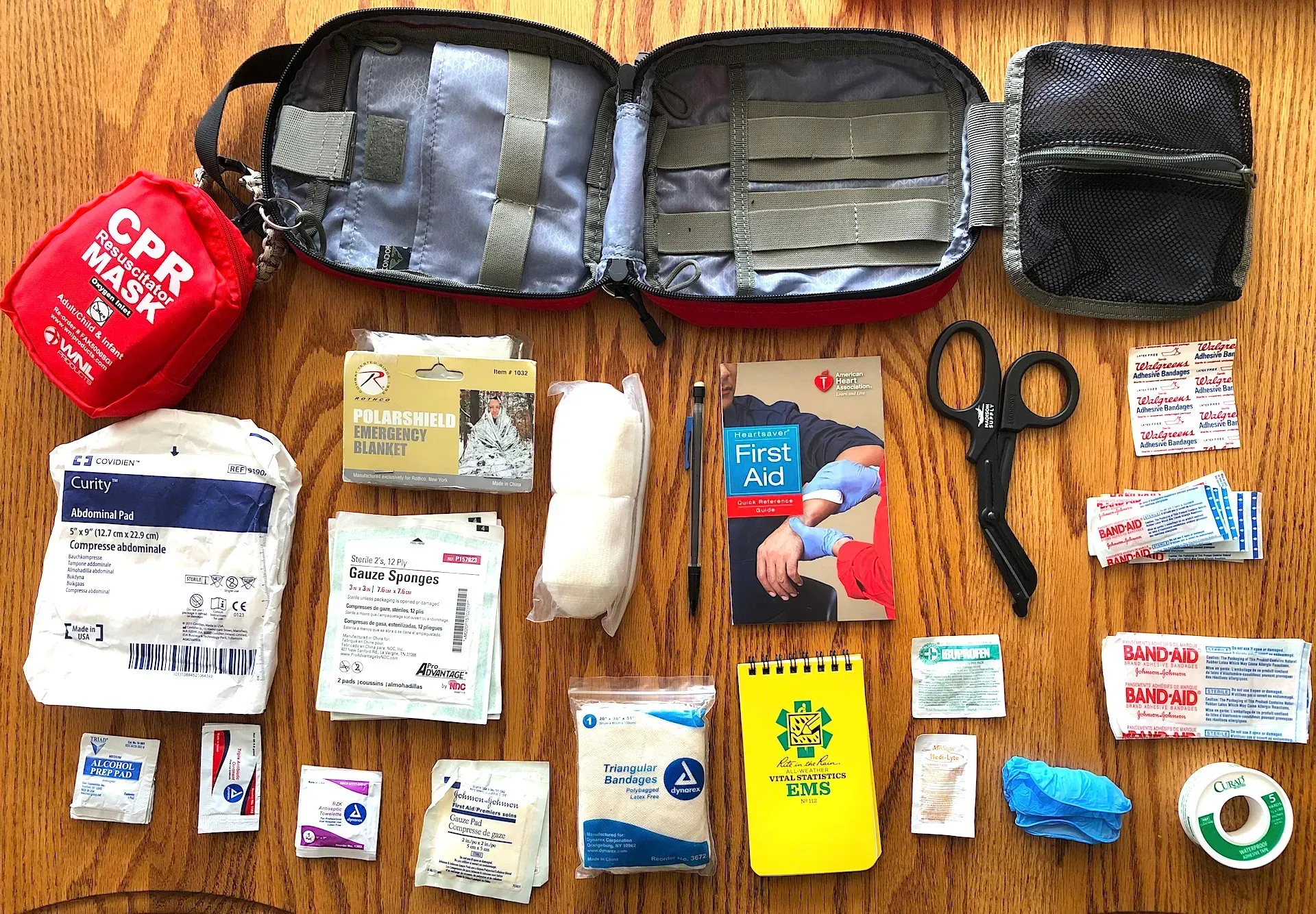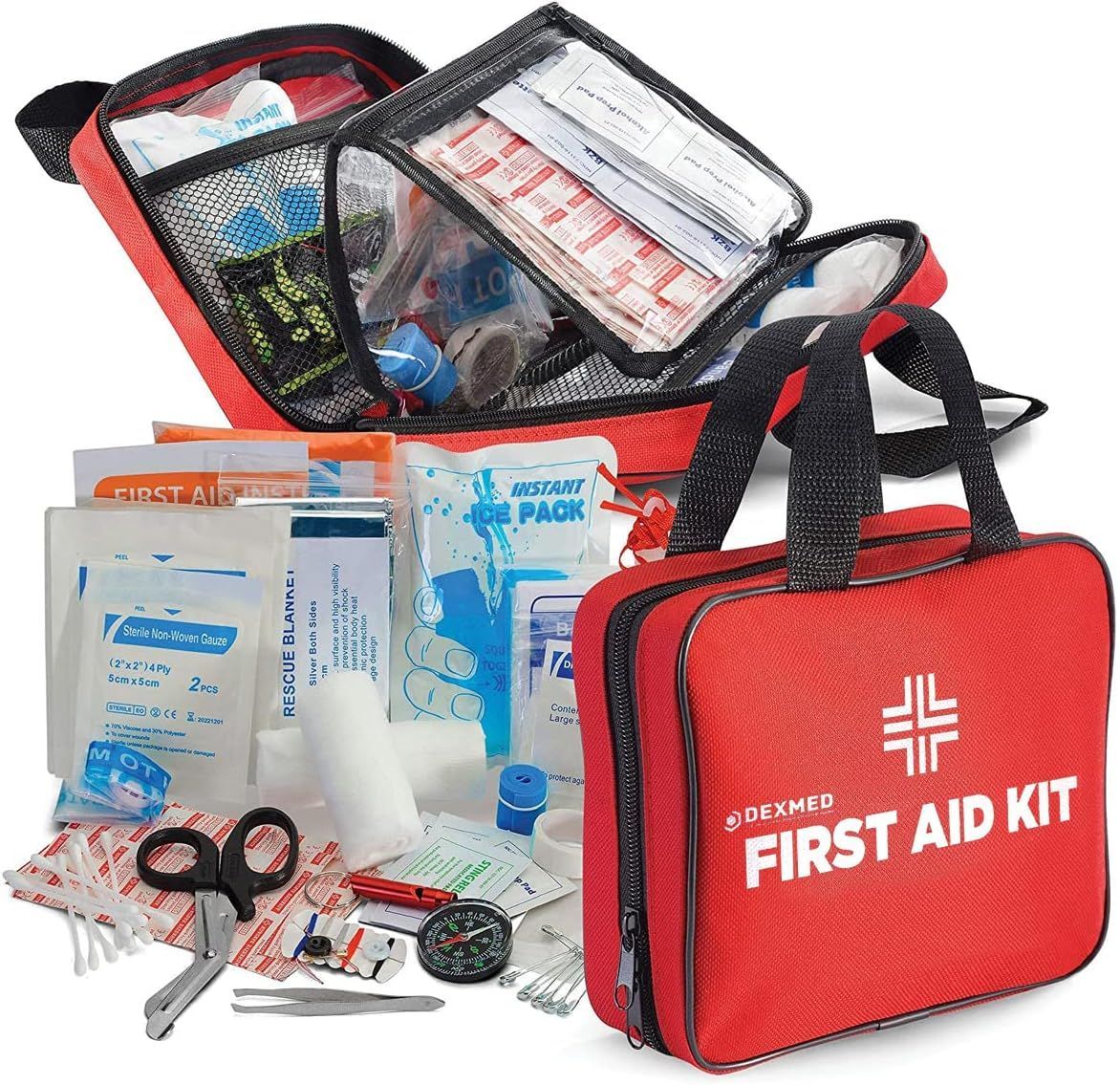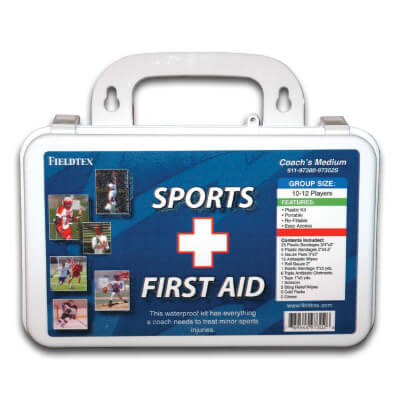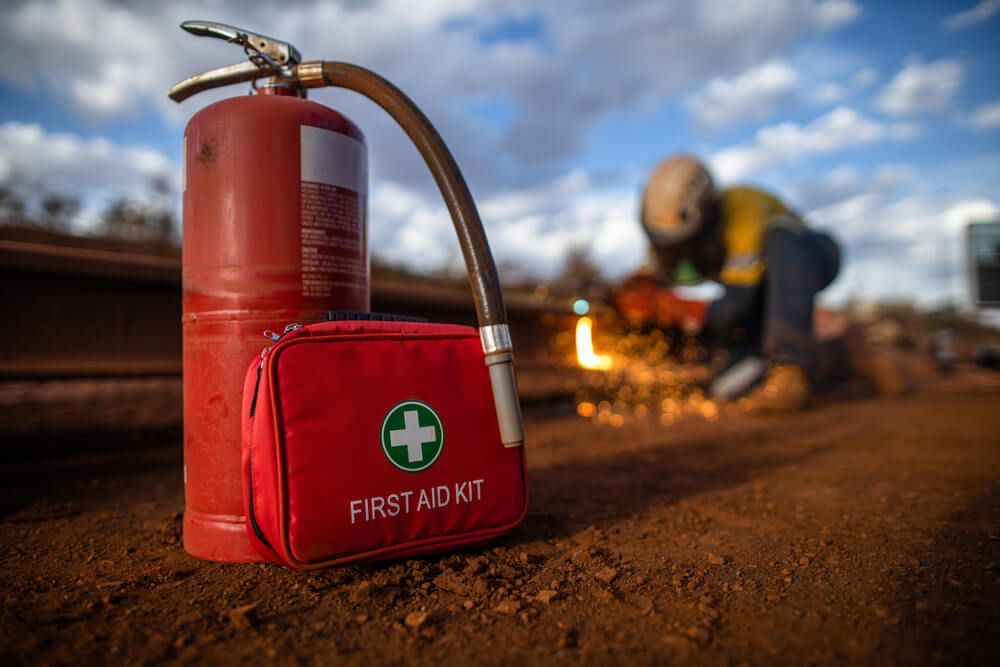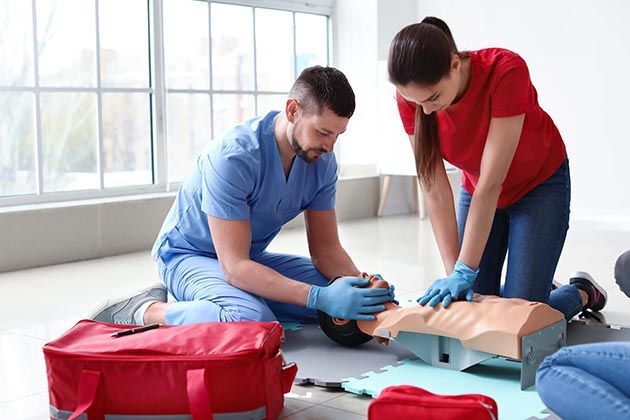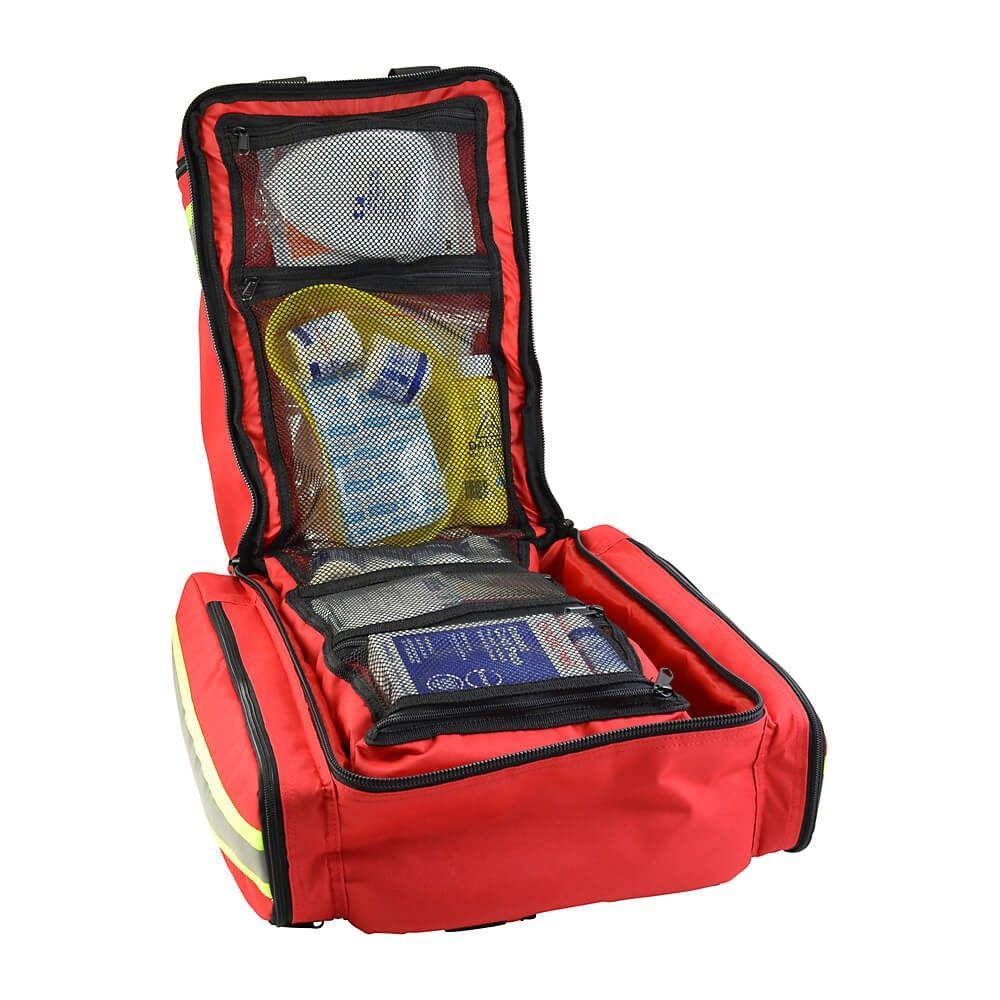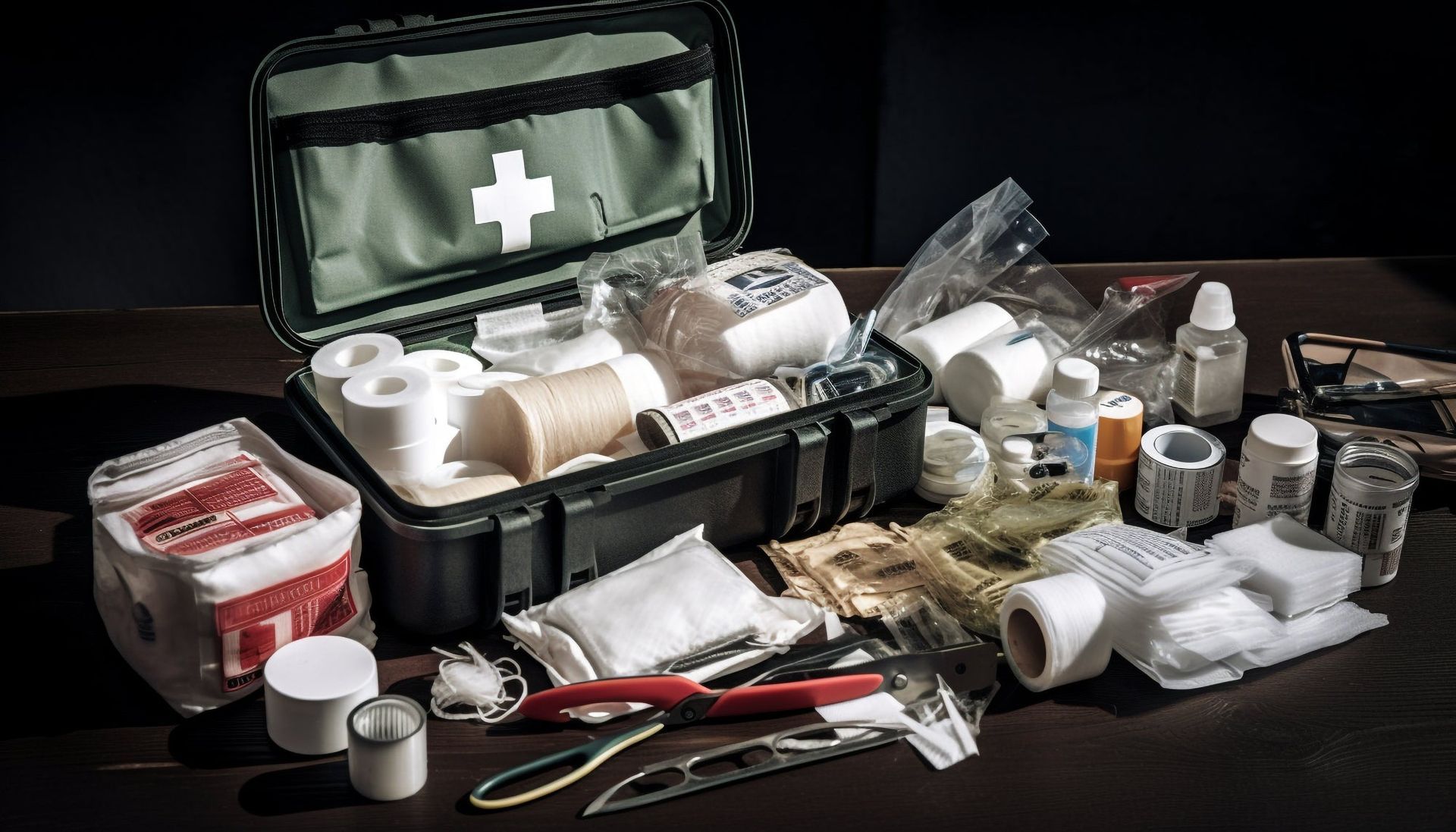What Happens If You Use a Rescue Kit Incorrectly?
TLDR;
Using a
rescue kit incorrectly can cause serious harm, including worsening injuries or even death. The key to avoiding these consequences is understanding the correct use of each tool in the kit, knowing the potential hazards, and receiving proper training on how to handle emergencies effectively.
What is a Rescue Kit?

A rescue kit is a collection of tools designed for emergency situations, aiming to stabilize injuries and provide critical care until professional medical help arrives. The components of a rescue kit vary depending on the type of emergency it’s designed for, but typically, it includes items such as:
- Bandages: To stop bleeding and protect wounds.
- Tourniquets: To control severe bleeding from limbs.
- CPR Masks: For breathing assistance when performing CPR.
- Trauma Shears: For cutting clothing or seat belts during emergencies.
- Splints: To immobilize broken or injured bones.
A first aid rescue kit is more general and may focus on less severe injuries, while an emergency rescue kit is more specialized, designed for high-risk situations, like trauma or major bleeding control. Proper knowledge of each component’s purpose is crucial for effective use.
Why Correct Use is Crucial

The correct use of a rescue kit can be the difference between life and death. Using it incorrectly can significantly hinder treatment and even cause more harm. Here's why proper training and understanding are crucial:
- Prevent Worsening Injuries: Using the wrong item or applying it incorrectly can exacerbate the situation. For example, applying a tourniquet too loosely or too tightly can lead to unnecessary complications.
- Reduce Delayed Treatment: Incorrect use can delay the time it takes to stabilize a person, leading to longer exposure to injury, shock, or excessive blood loss.
- Avoid Infection: Improper application of a bandage or dressing may expose a wound to further contamination, increasing the risk of infection.
Proper knowledge of the kit's tools and functions ensures that each item is used for its intended purpose, providing immediate care and stabilizing the person until emergency services arrive.
Common Mistakes When Using a Rescue Kit
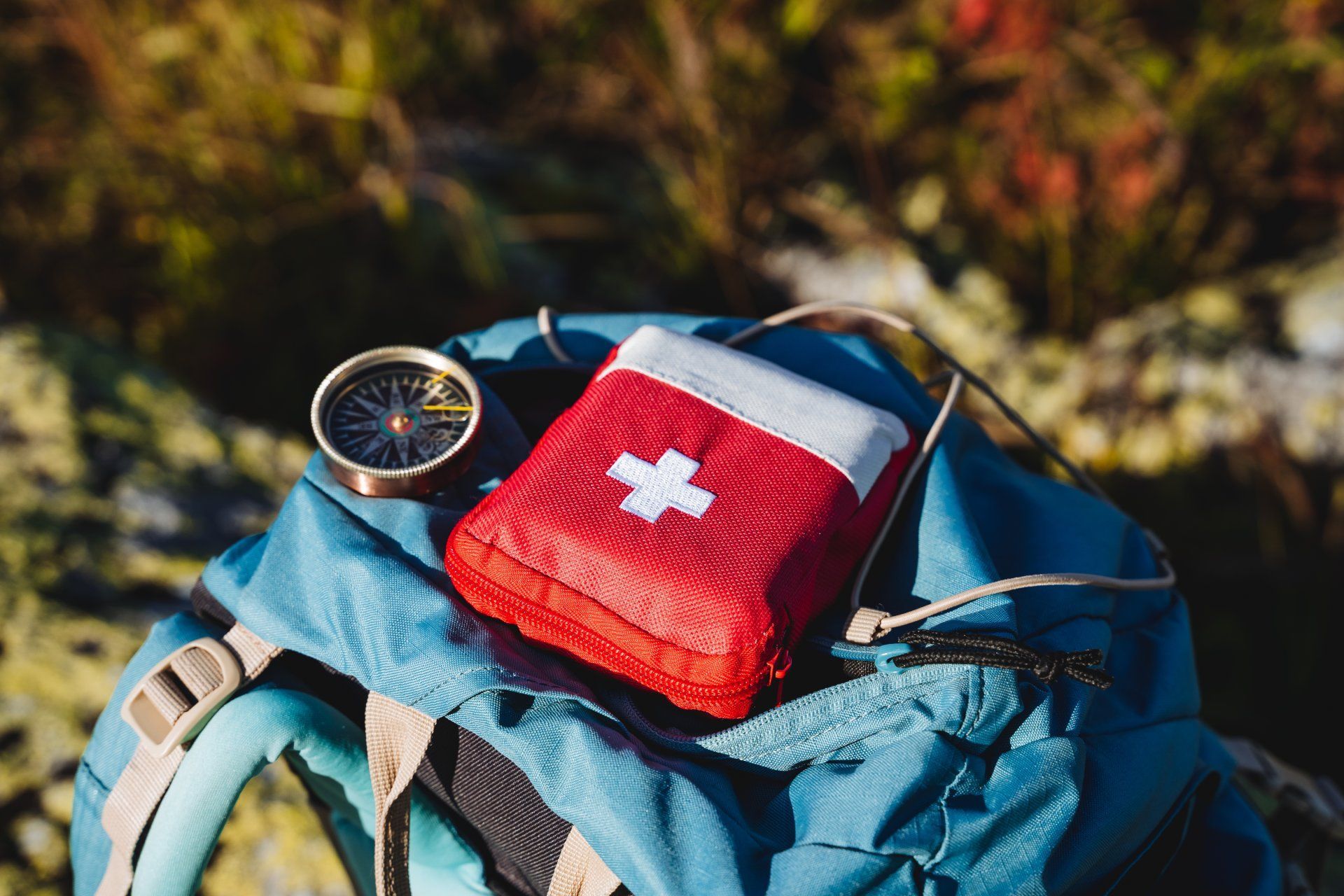
Even well-meaning individuals can make mistakes when using a rescue kit. These common errors can sometimes worsen the situation instead of improving it:
- Using a Tourniquet Incorrectly: A tourniquet is a critical tool for severe bleeding, but using it improperly can cause permanent damage to the limb. It’s vital to know the correct placement and how tightly it should be applied.
- Misapplying Bandages: Applying a bandage to a wound without first cleaning the area or using the wrong type of bandage can introduce bacteria and hinder healing.
- Incorrect Splinting: Failing to properly immobilize a broken bone or using an improper splint can lead to further damage to the bone or surrounding tissues.
- Overlooking the Need for CPR: Sometimes, rescuers might overlook performing CPR because they focus on other aspects of care. However, immediate chest compressions are crucial in cases of cardiac arrest.
Each of these mistakes highlights the need for proper training on how to use the kit and the items within it effectively.
The Consequences of Using a Rescue Kit Incorrectly

Using a rescue kit incorrectly can lead to significant and sometimes life-threatening consequences. The wrong application of certain tools can worsen the injury, delay recovery, or even cause irreversible damage:
- Excessive Blood Loss: If a tourniquet is applied incorrectly or not applied in time, the person could lose a dangerous amount of blood. This is especially critical if it’s a limb injury or trauma to an artery.
- Worsened Trauma: Incorrectly immobilizing a broken bone or neck injury could cause further damage. For example, if a cervical collar is not used correctly for a neck injury, it could increase the risk of paralysis.
- Risk of Infection: If a wound is not treated correctly, improper dressings or failure to clean the injury could lead to a deadly infection.
- Cardiac Arrest Complications: Incorrect CPR can lead to broken ribs or other complications, but not performing it at all can result in death.
Each of these outcomes can be avoided with proper knowledge and the correct use of the rescue kit’s tools.
Correct Steps to Use a Rescue Kit
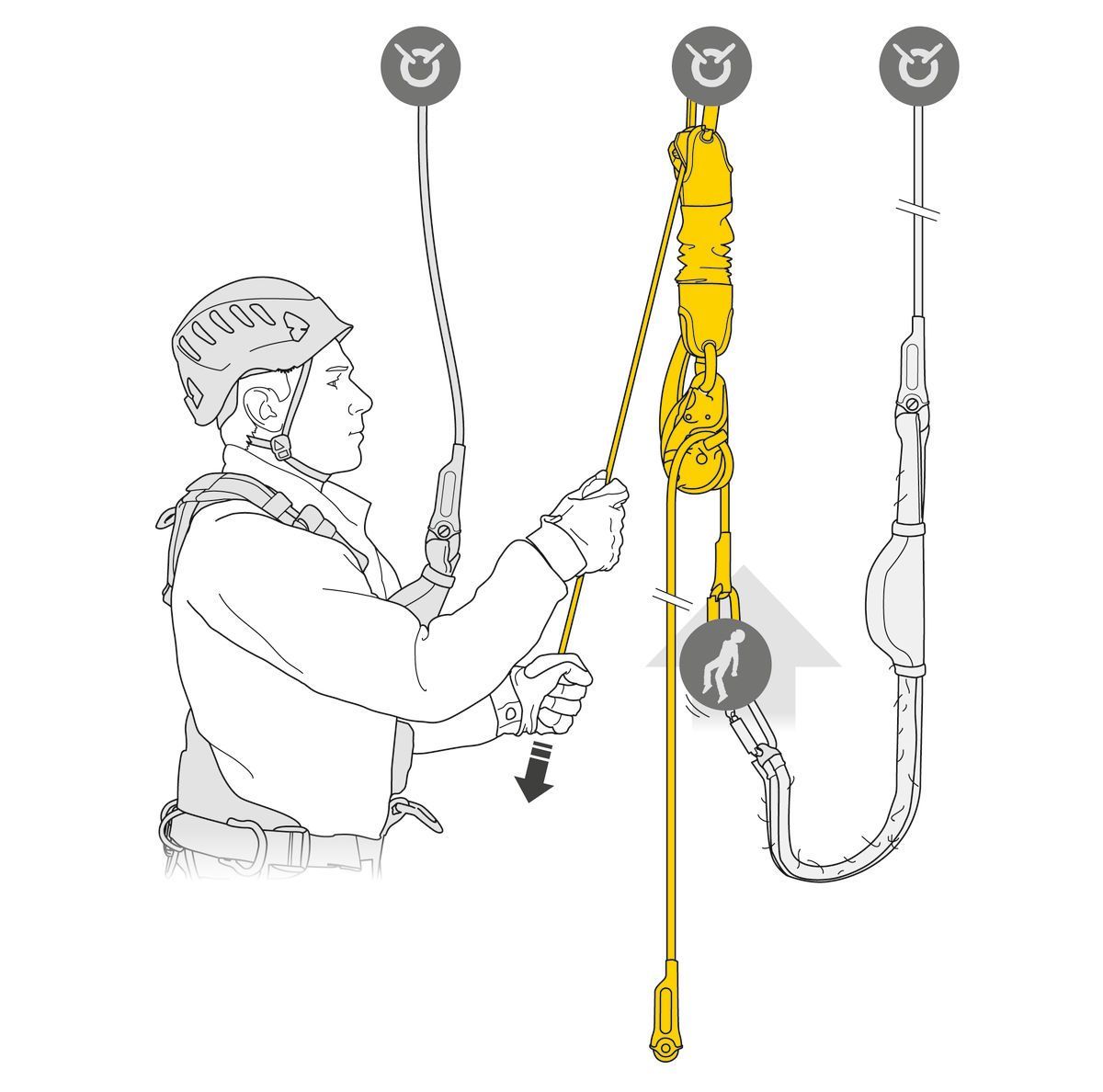
Understanding how to use a rescue kit safely and correctly is key to ensuring it works as intended and avoids making the situation worse. Below is a simple, step-by-step guide on how to properly use the items in your rescue kit:
- Secure the Scene: Before you approach the injured person, make sure the area is safe. If you are in a car accident, for example, ensure the vehicle is stationary, and there’s no ongoing danger.
- Assess the Injury: Quickly assess the injuries and decide which part of the rescue kit is needed. Is it a bleeding wound? Is the person unconscious? These initial observations will guide your next steps.
- Apply Bleeding Control: If the person is bleeding severely, the first step is to apply direct pressure with a sterile bandage or gauze. If the bleeding does not stop, use a tourniquet above the wound.
- Immobilize Injuries: If the person has broken bones, use a splint to immobilize the area. This will help prevent further damage until medical help arrives.
- Monitor and Adjust Care: While waiting for professional medical help, continuously monitor the person's condition. Check for signs of shock, and if needed, perform CPR.
When to Seek Professional Medical Help
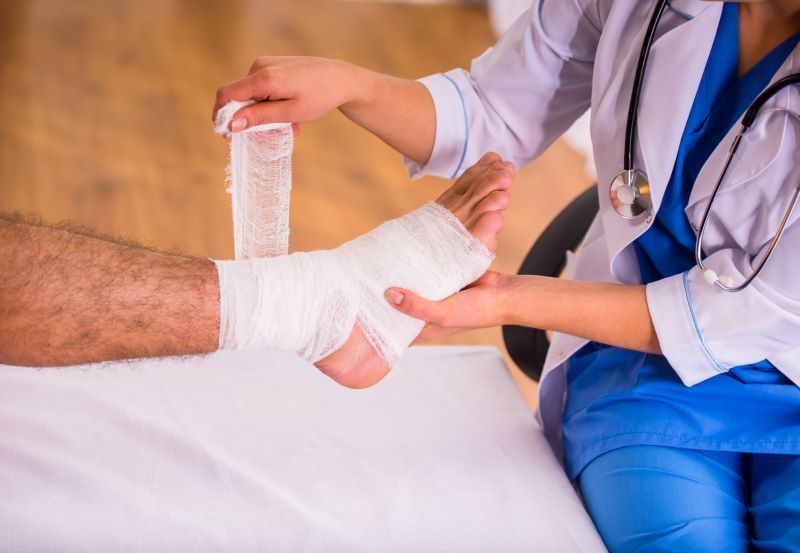
A rescue kit is designed to stabilize a person temporarily until professional help arrives. In some situations, the injury may be beyond the capabilities of the kit, and professional medical care is essential.
- Severe Trauma: If the injury is beyond what the kit can handle (e.g., severe burns, deep wounds), calling for emergency medical services is critical.
- Unconsciousness: If the person is unresponsive, CPR may be necessary, but they also need immediate medical evaluation to rule out other complications.
- Signs of Shock: If the person shows signs of shock—such as rapid breathing, pale skin, or confusion—professional care is needed as soon as possible.
How to Prevent Mistakes When Using a Rescue Kit
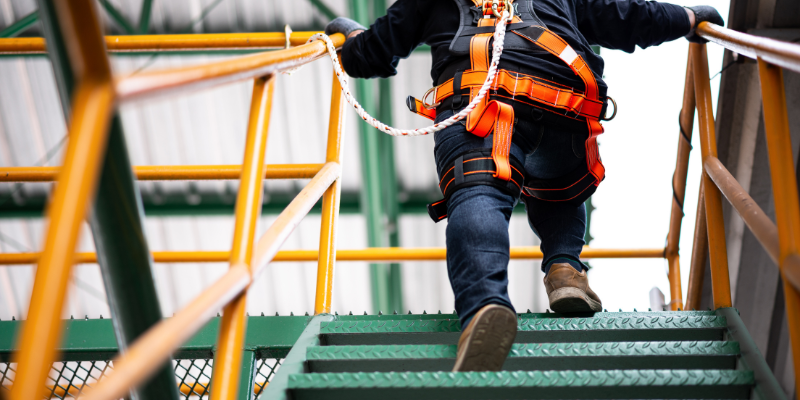
The best way to prevent mistakes is to prepare ahead of time:
- Proper Training: Take a certified first aid and CPR course. Understanding how to properly use each tool in a rescue kit is the most effective way to avoid mistakes.
- Regular Inspections: Regularly check the contents of your rescue kit. Make sure all tools are functional and that nothing has expired or been damaged.
- Practice: Just like any skill, using a rescue kit becomes second nature with practice. Familiarize yourself with the kit’s contents and procedures regularly.
- Stay Calm: In an emergency, panic is your enemy. Keeping calm will help you think clearly and make the right decisions.
Conclusion: Importance of Rescue Kit Training and Preparation

Using a rescue kit correctly is essential for effective emergency response. With the right knowledge and training, a rescue kit can save lives and prevent further harm. Rapid Rescue Kits provides high-quality, reliable rescue kits for all your emergency needs, but remember, knowing how to use them is just as important as having them on hand. To ensure you’re prepared, consider taking a first aid course, regularly inspecting your kit, and practicing your response skills.
By understanding the risks and consequences of incorrect use, you can approach emergency situations with confidence and give the best care possible until help arrives.

